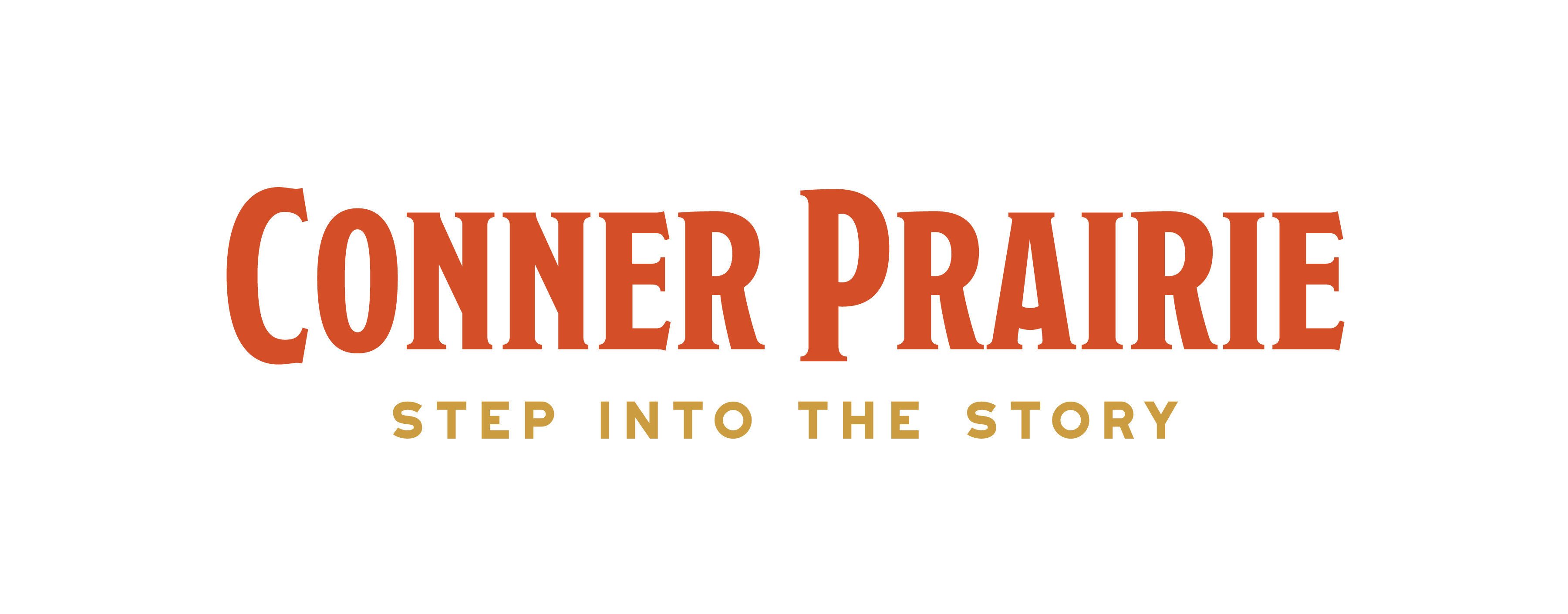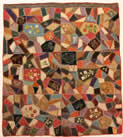Textiles have always been an important part of American homes. Having enough textiles to keep warm during cold winter nights could mean the difference between life and death. Because textiles were expensive to purchase, many families made their own. As the century progressed, improvements in mechanization of cotton production (cotton gin) and manufacturing of fabric brought down the price of textiles. After the Civil War, most coverlet weavers could not compete with the low price of manufactured goods. Most weavers went out of business by the end of the 1860s.
Besides being utilitarian, home-made textiles were a way for the women of the household to express their artistic skills. Coverlets and quilts in colorful patterns brightened virtually every American home. Quilts were made for show as well as for everyday use. Popular in the Victorian era, silk and velvet throws embellished with elaborate needlework stitches displayed the skills of the lady of the house. In similar fashion, sewing samplers were created by young girls as a decorative way to practice and show off their needlework proficiencies. Knowing how to mend rips and tears, and being able to create household textiles was a useful skill to have for a prospective bride.
By the close of the 19th century, coverlets had fallen out of fashion, and samplers were rarely made by young girls. As the sewing machine had largely replaced hand sewing, needlework skills were not as critical as they once were. The only legacy that has endured in the American conscious is quilting. Our ancestors would be amazed at the amount of fabric created specifically for quilters, and the astounding number of patterns, techniques, and accoutrements available. Quilting is truly a continuing heritage for this century.
Conner Prairie preserves these textile legacies of the past for present and future generations of families to enjoy. The collection was founded in the 1940s by Ruth and Eli Lilly.
Quilts Across Cultures and for Many Reasons

Visit the Conner Prairie Living History Museum Website

